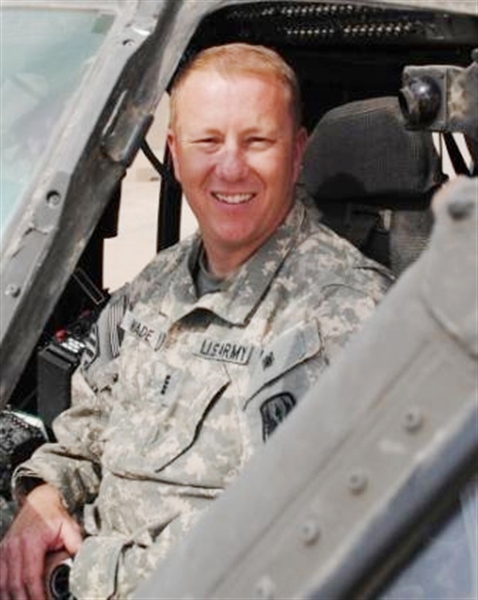WASHINGTON — For the second straight year, more sailors are serving on the ground with U.S. Central Command than are serving at sea in the Centcom area of operations, Navy officials told a Senate subcommittee yesterday.
Assistant Navy Secretary Sean J. Stackley testified before the Senate Armed Services Committee’s seapower subcommittee about the changing Navy force structure. He was accompanied by Vice Adm. John Terence Blake, deputy chief of naval operations for integration of capabilities and resources, and Marine Corps Lt. Gen. George J. Flynn, deputy commandant for combat development and integration.
The Navy has more than 12,000 active and reserve sailors supporting combatant command operations covering Iraq and Afghanistan, compared to 9,000 at sea on an aircraft carrier and air wing supporting Centcom operations, Stackley said in a prepared joint statement.
The sea forces provide 24/7 air support to Marines and other ground forces heavily engaged in Afghanistan, Stackley said. Since July, the 2nd Marine Expeditionary Brigade has conducted “Operation Khanjar” in southern Afghanistan in what he called the most significant Marine Corps operation since the 2004 battle of Fallujah in Iraq, and the largest helicopter insertion since the Vietnam War.
“There is now a robust Marine air-ground task force of 19,400 personnel with equipment, commanded by a Marine two-star general in Afghanistan,” Stackley said. “Your Marines and sailors have already had success and have made a difference in some of the toughest regions of Afghanistan, primarily Helmand province.”
Meanwhile, the Navy has doubled its presence of Seabee construction battalions in Afghanistan, and Navy commanders lead six of 12 U.S.-led provincial reconstruction teams there, Stackley said. Naval special warfare forces are in direct combat operations in Afghanistan, and its explosive ordnance disposal teams counter improvised explosive devices there. And, even as the drawdown in Iraq continues, Navy riverine forces are on their sixth deployment patrolling waterways and training forces in Iraq, Stackley said.
“While Iraq and Afghanistan continue to be the primary focus of our nation’s military efforts,” Stackley said, “our Navy remains globally present and engaged to protect our partners and advance our nation’s interests around the world.”
Ballistic missile submarines provide nuclear deterrence year-round, Stackley said, while Aegis cruisers and destroyers provide deterrence for allies in Europe, the Mediterranean and Western Pacific; and carrier strike groups and amphibious ready groups prevent conflicts in the Western Pacific, Arabian Gulf, and Indian Ocean.
“Our Navy continues to confront irregular challenges associated with regional instability, insurgency, crime, and violent extremism at sea, in the littorals, and on shore as we have done throughout our history,” Stackley said. As examples, he noted the Navy’s work with the Coast Guard on drug interdiction in the Caribbean, anti-piracy efforts off Africa, and humanitarian missions in Haiti and elsewhere.
“Global demand for Navy forces remains high and continues to rise because of the ability of our maritime forces to overcome diplomatic, geographic, and military impediments to access while bringing the persistence, flexibility and agility to conduct operations from the sea,” he said.
Source:
U.S. Department of Defense
Office of the Assistant Secretary of Defense (Public Affairs)

 von
von 